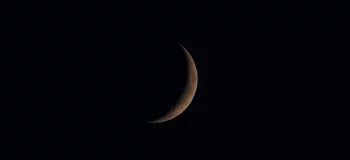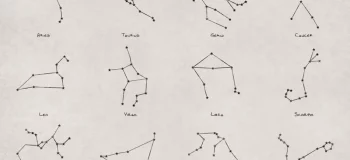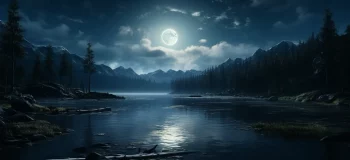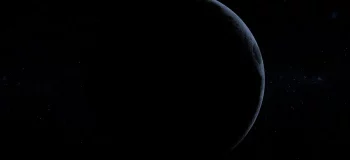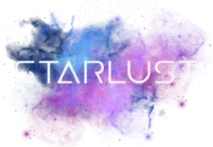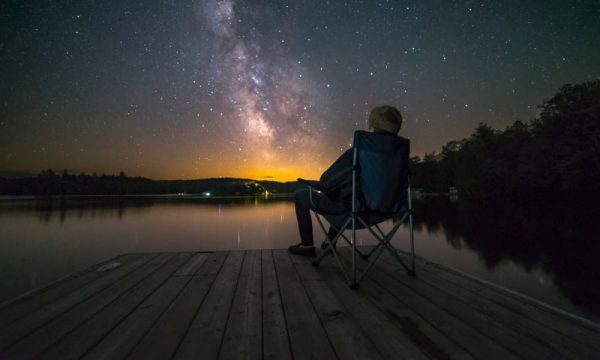
Stargazing Resources - Our Guides to Observing the Night Sky
New articles are published regularly!
This section of the website is dedicated to my stargazing guides. They were created for anyone wanting to start visual astronomy as a hobby. The night sky is full of wonders and there are plenty of things to discover. Becoming a backyard stargazer can be a bit challenging because of the overwhelming amount of information one must learn. Planets, constellations, galaxies, nebulae… and how to find them, which telescope to use, and much more.
The best way to get started is to find someone who knows what they are doing and can help point out some of these objects. That’s where I come in 🙂
Below are a few articles to help you get started, and I will add more guides over time. If you have any questions or anything isn’t clear, let me know and I’ll see what I can do to improve the articles. Don’t forget to check out our telescope guides too.
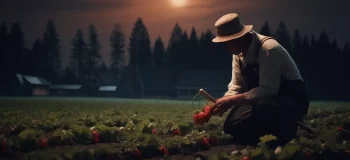
Discover the Strawberry Moon 2023 date and time in June. Learn about this unique full moon phase, why it’s special, and how best to view it.

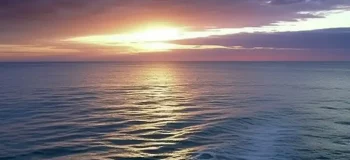
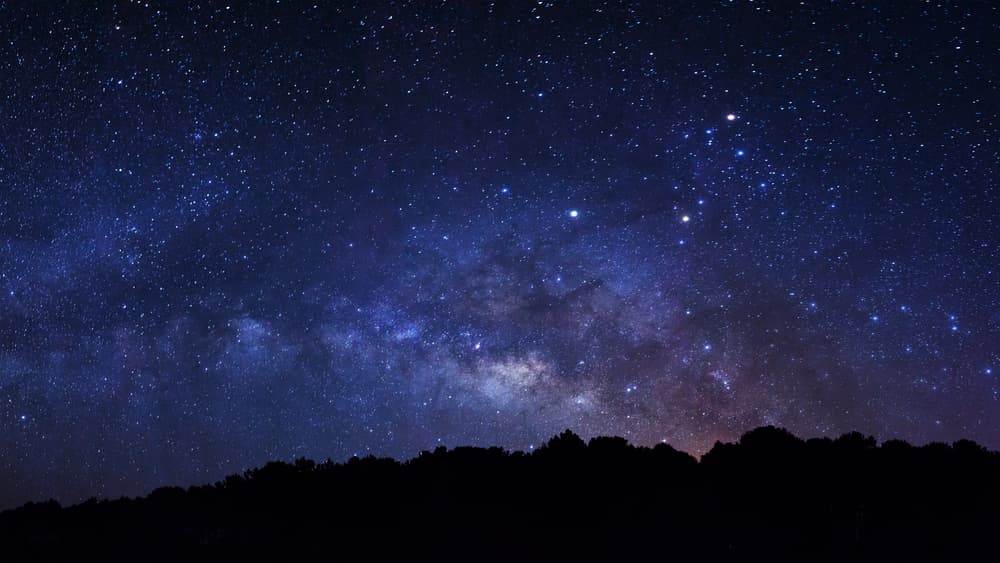
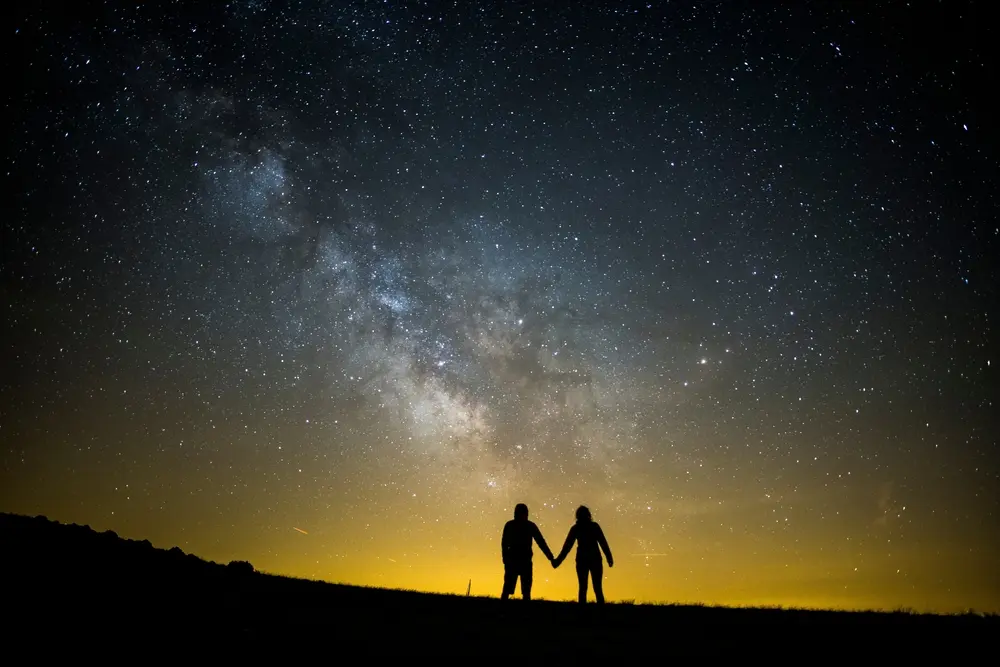
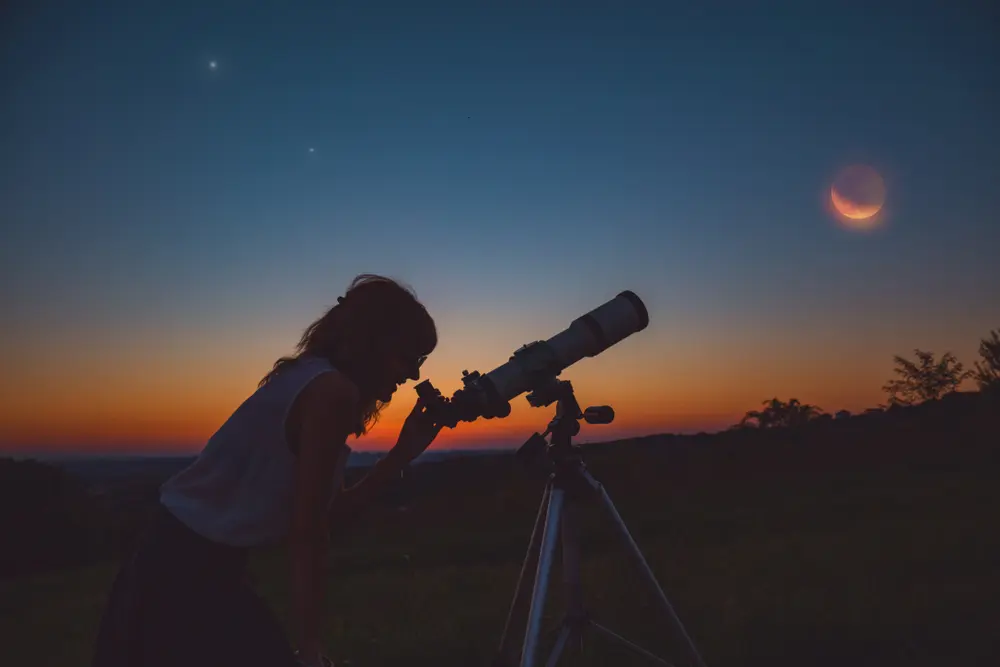
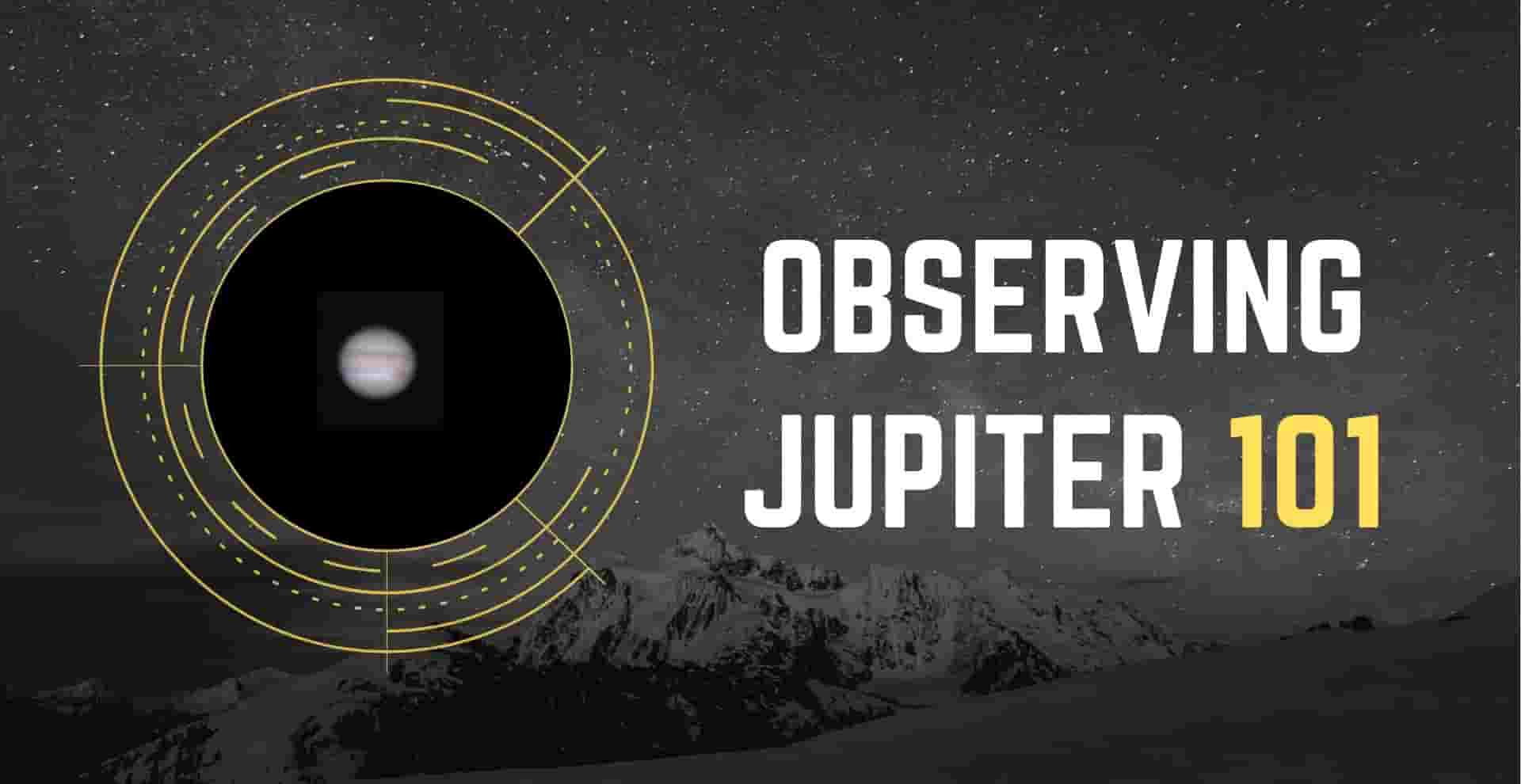
Observing Jupiter through a telescope is a breathtaking and rewarding experience! Learn how to see this majestic planet with our simple stargazing guide.
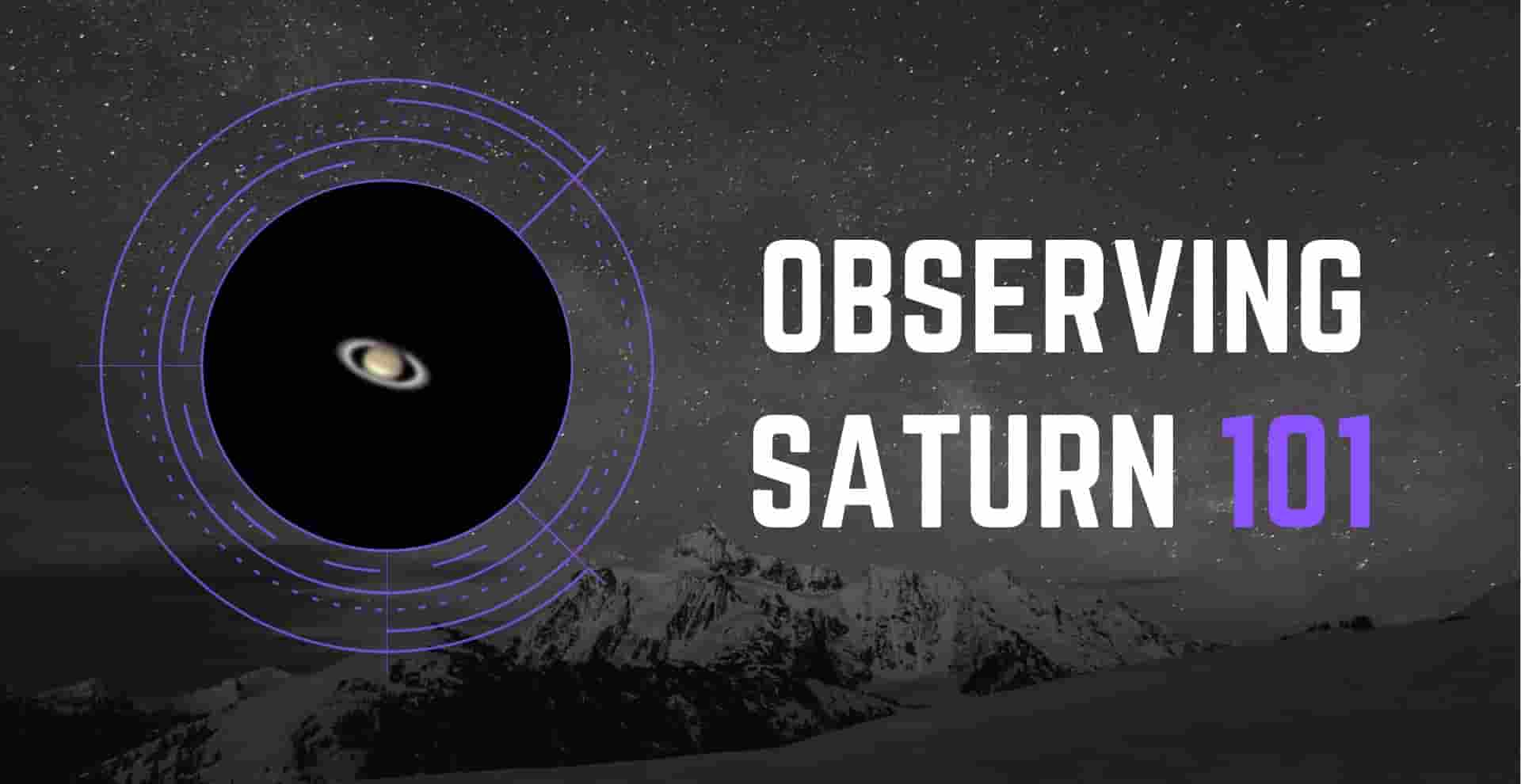
When it comes to observing planets, Saturn is one of the easiest targets to see through a telescope. If you are just getting started, here’s what to expect.
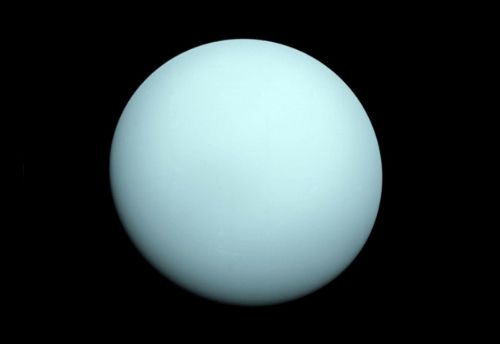
Observing Uranus through a home telescope is at the limit of what amateur astronomers can really do. Good… We love a challenge.
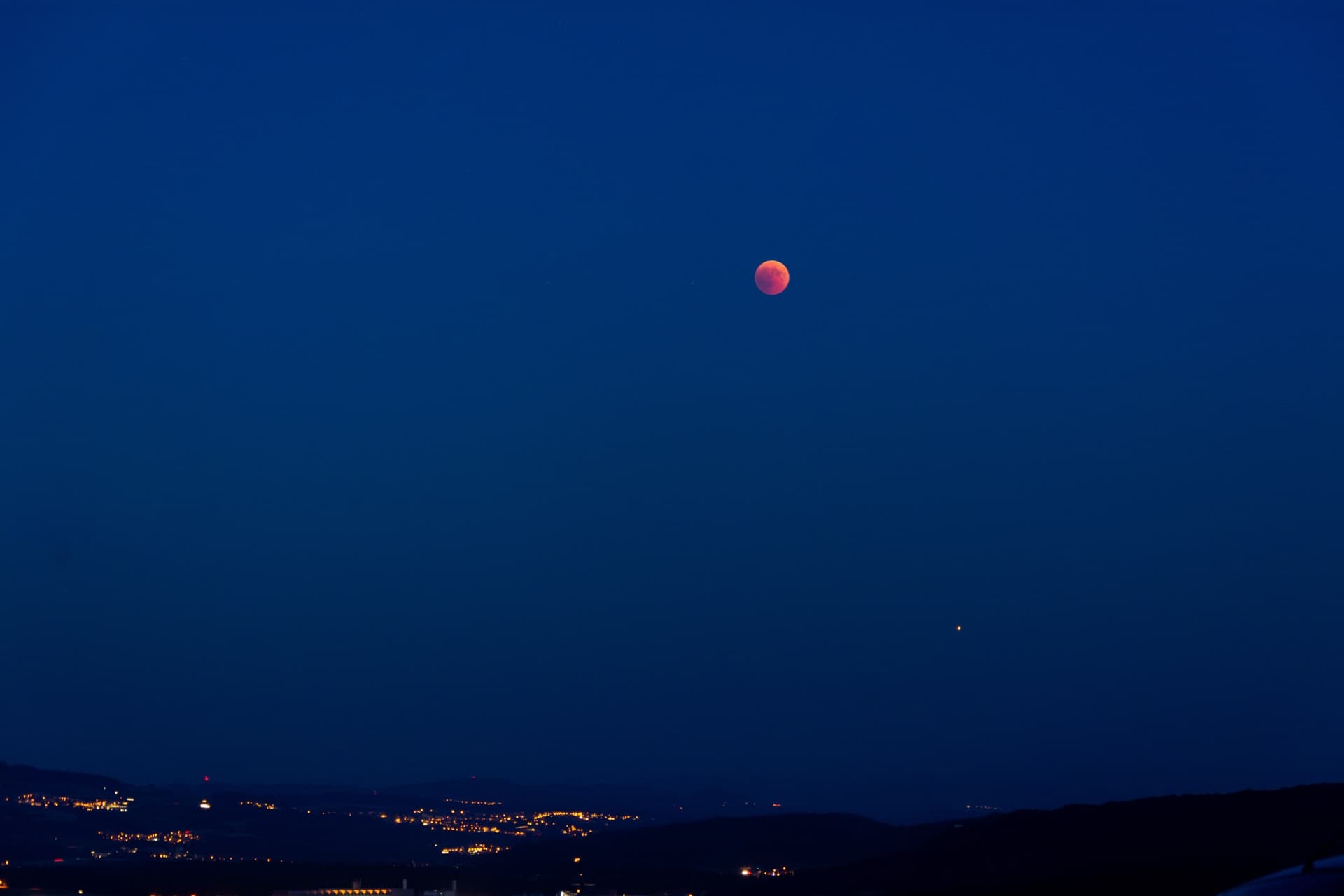
The moon that we are most familiar with is white in color. However, it sometimes takes on a majestic red appearance… Here’s why.
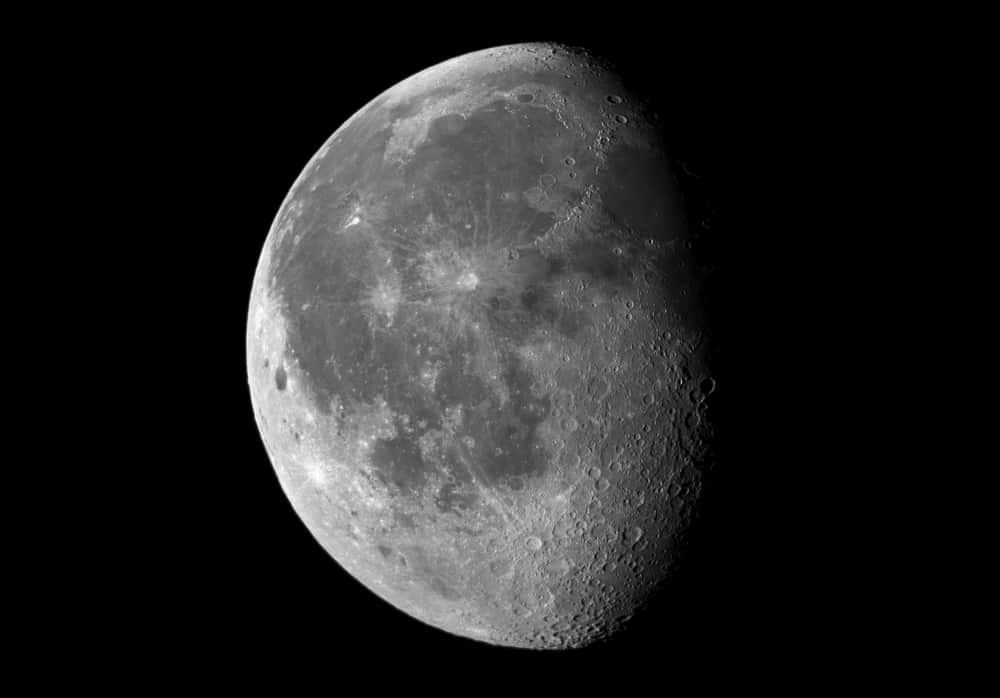
The gibbous moon is one of the various phases that the Moon goes through during its monthly lunar cycle.
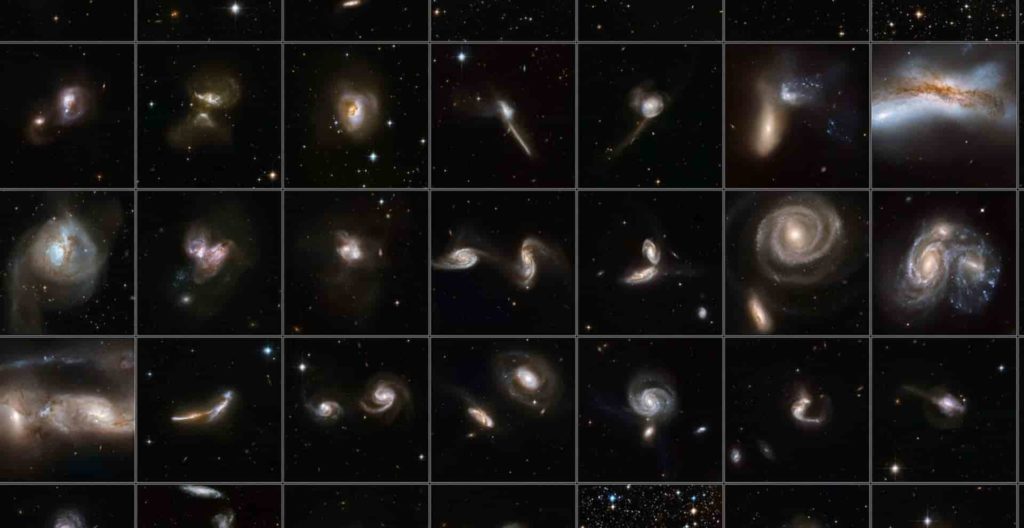
From nebulae to galaxies and beyond, this comprehensive list offers a wealth of celestial wonders to explore.
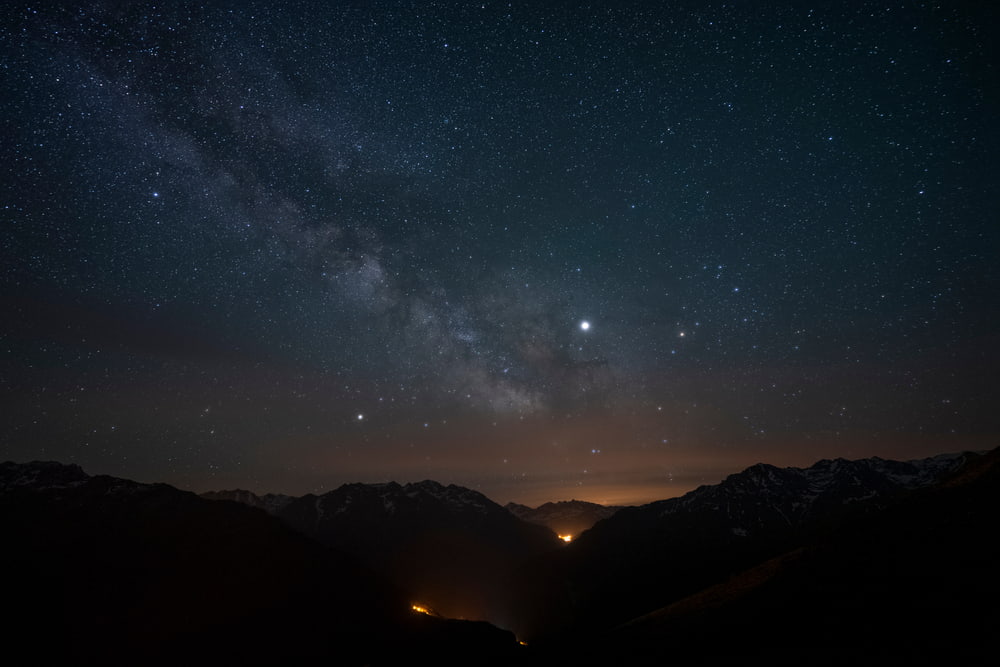
When you look up into the night sky, you might have noticed that not all the stars shine equally.
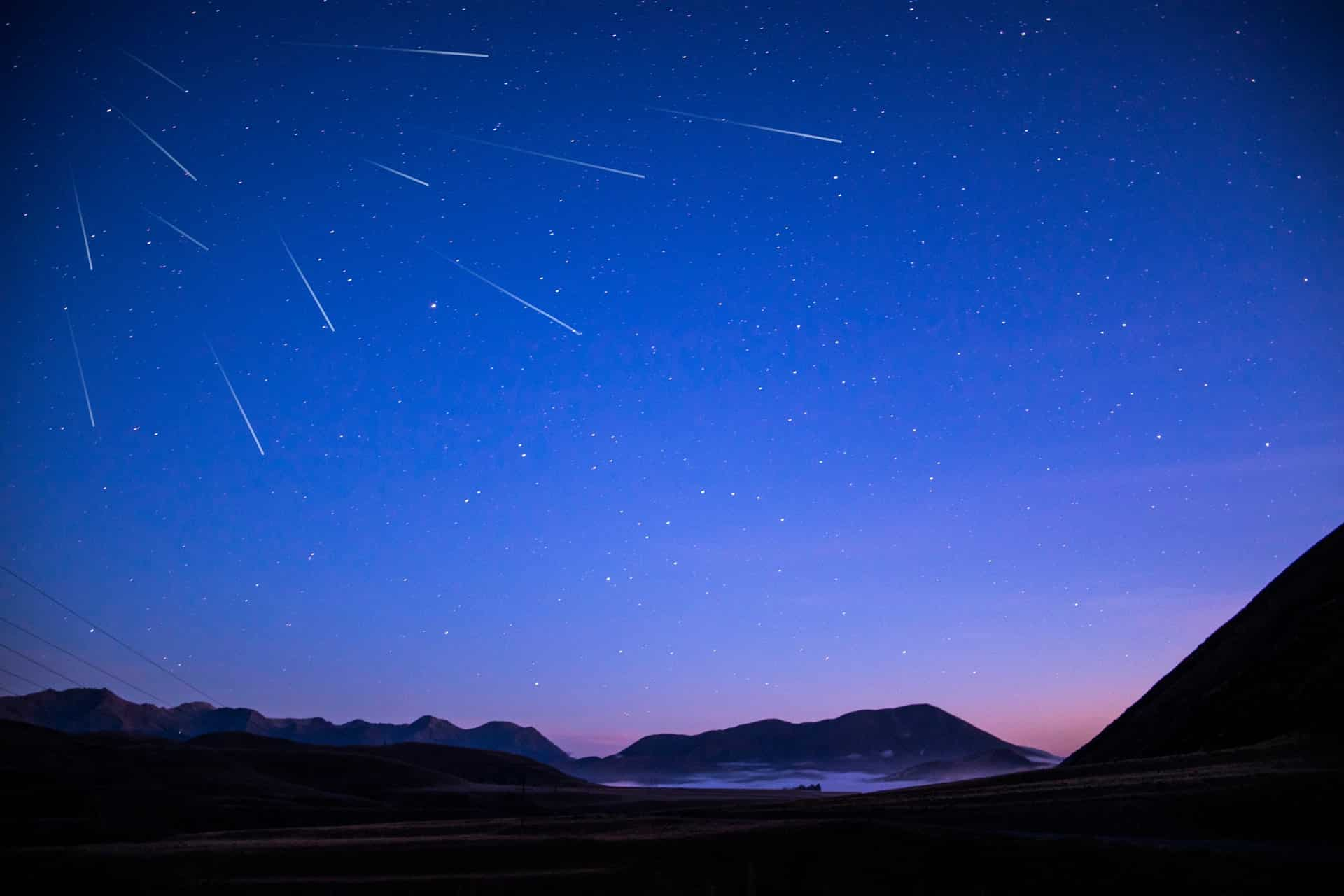
One of the most beautiful aspects of stargazing is looking up to see shooting stars (also known as falling stars) streaking across the night skies.
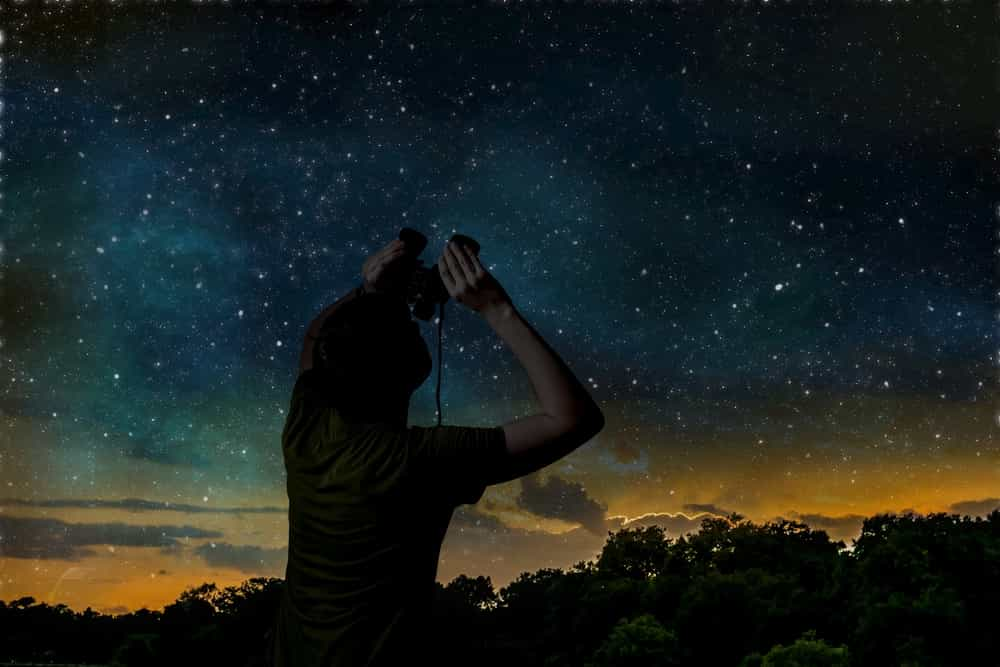
Using binoculars for stargazing is a fairly inexpensive way to observe many celestial objects with your own eyes.
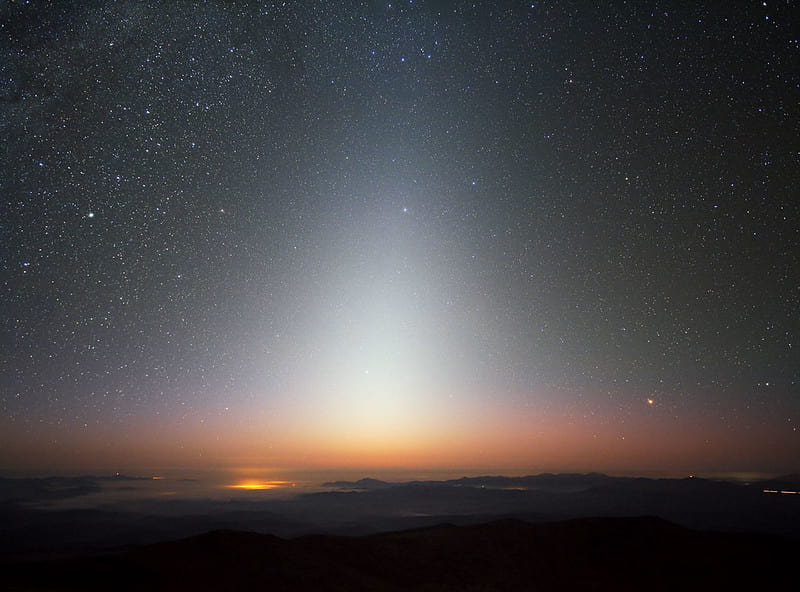
The zodiacal light, also known as “False Dawn” is a triangle-shaped faint glow that can sometimes be seen shortly after sunset or before dawn.
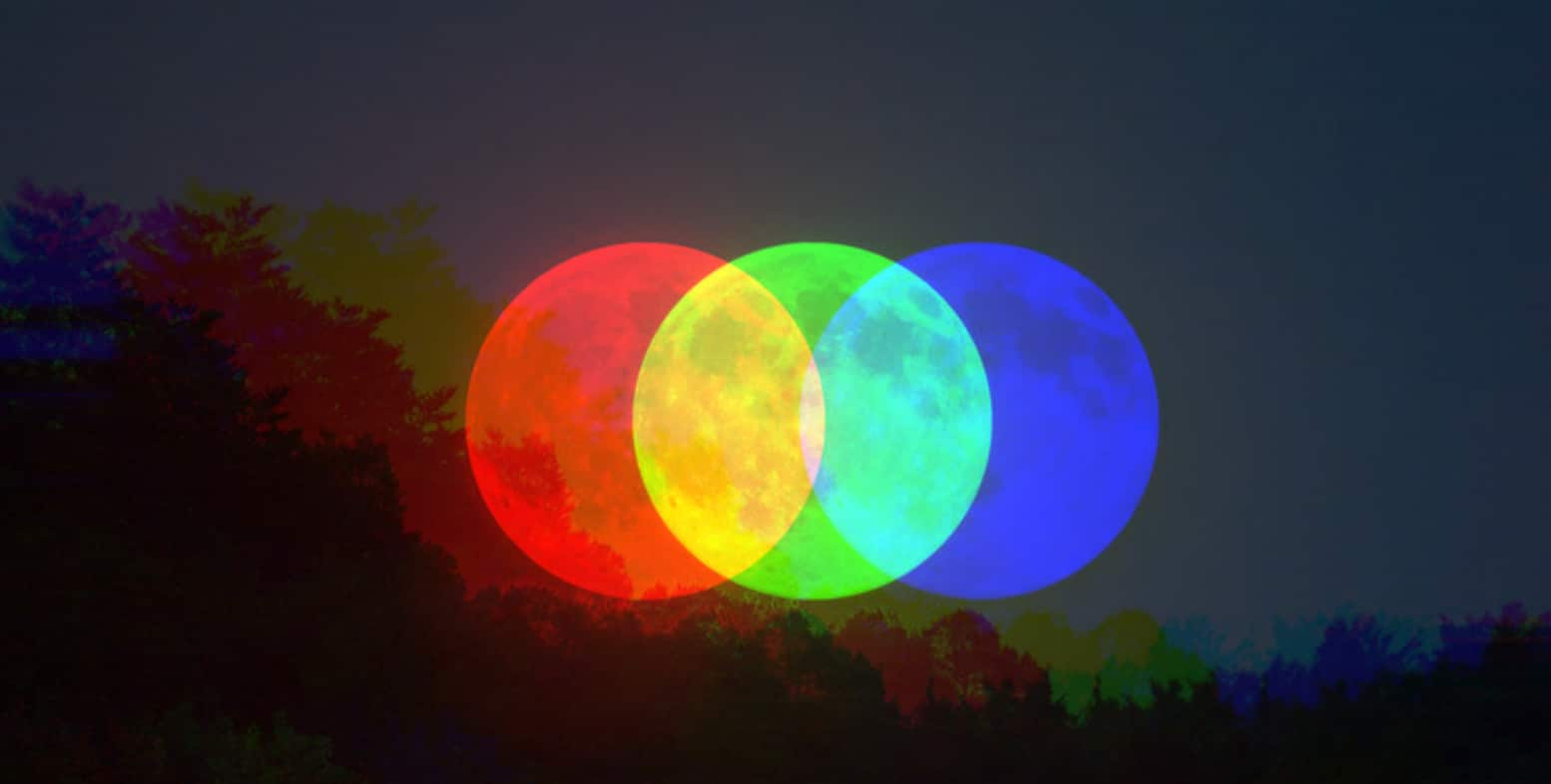
Everyone knows that the Moon is mostly gray. However, if you look closer, there may be a few other different shades up there.
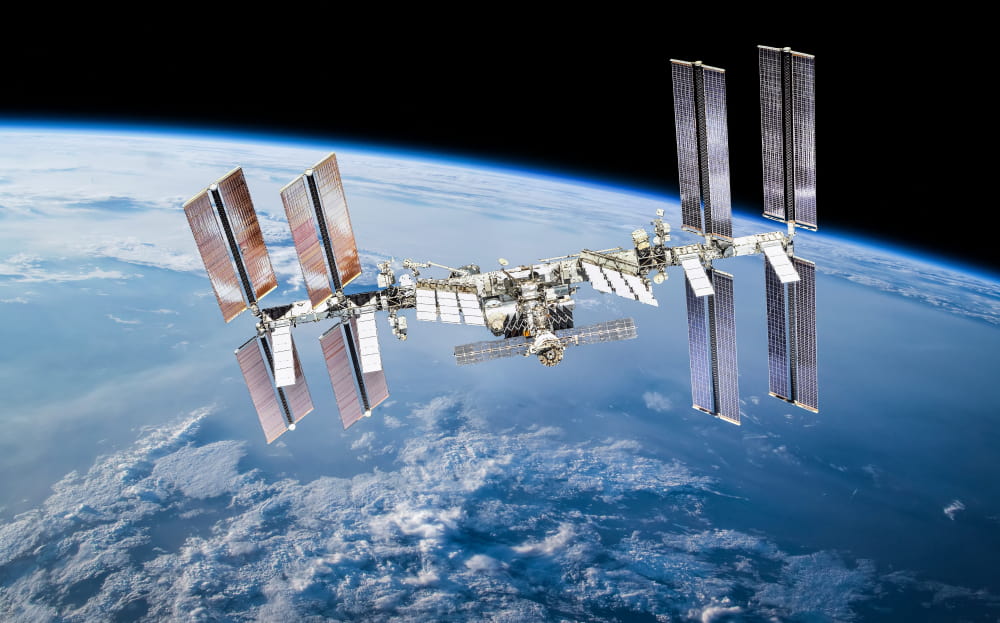
You could see the station a few times within a few hours, granted you are on the night side of the planet and you know where to look.
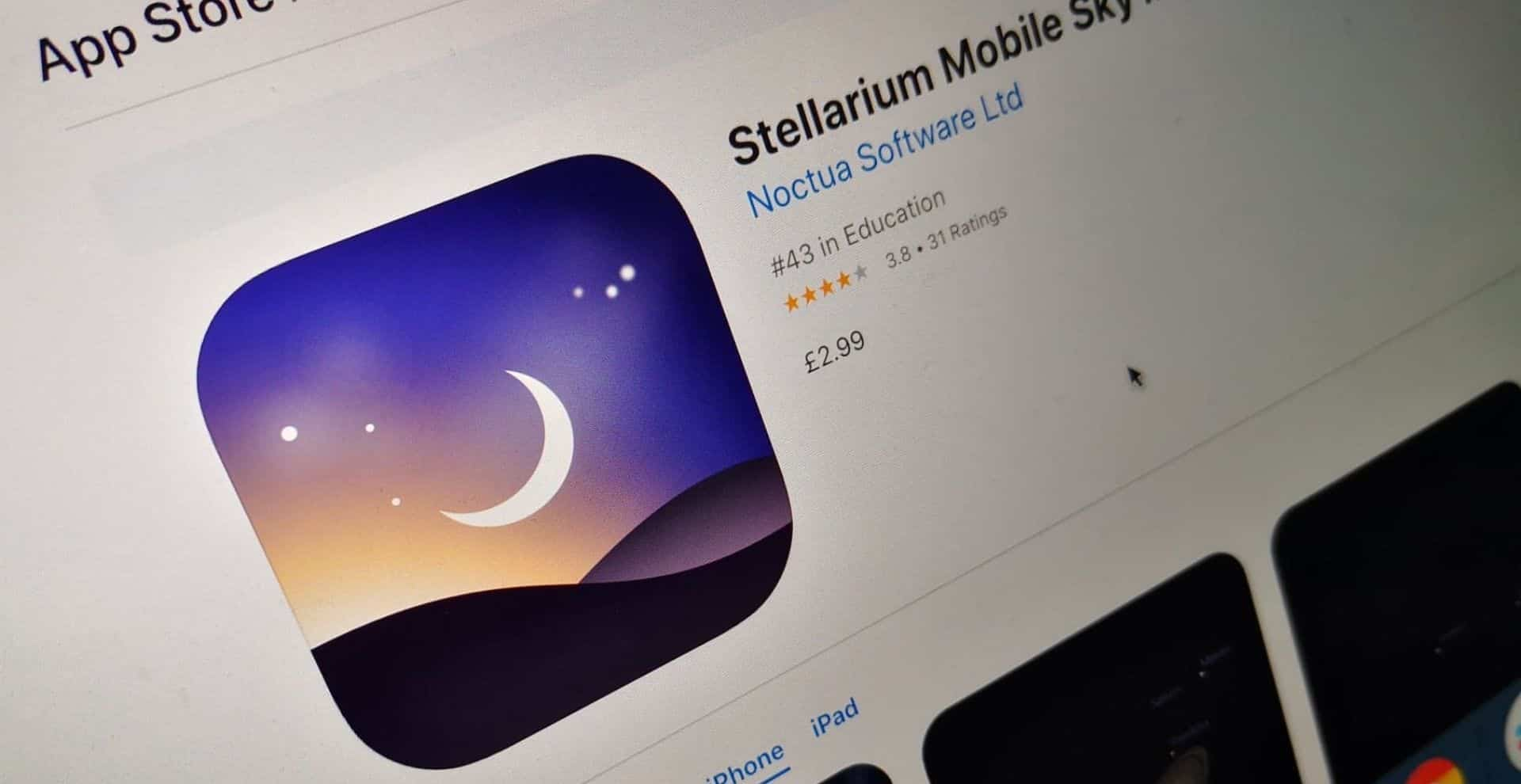
Applications for iPhone & Android have revolutionized backyard astronomy. It’s now easier than ever to find your way around the night sky.
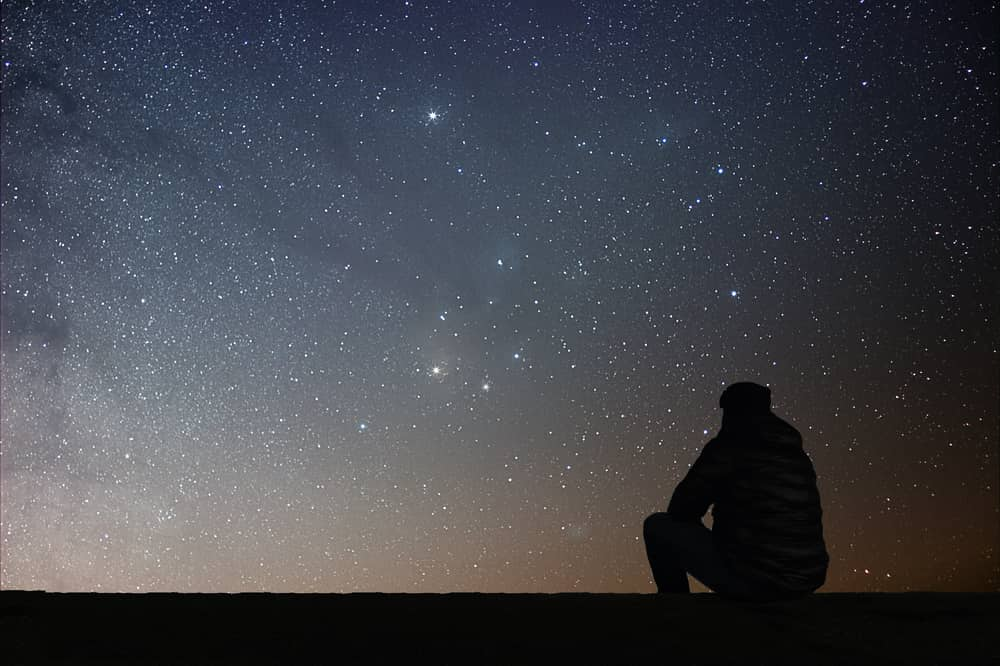
Planets are a popular observing target among amateur astronomers. Contrary to popular belief, telescopes are not always required to observe them.
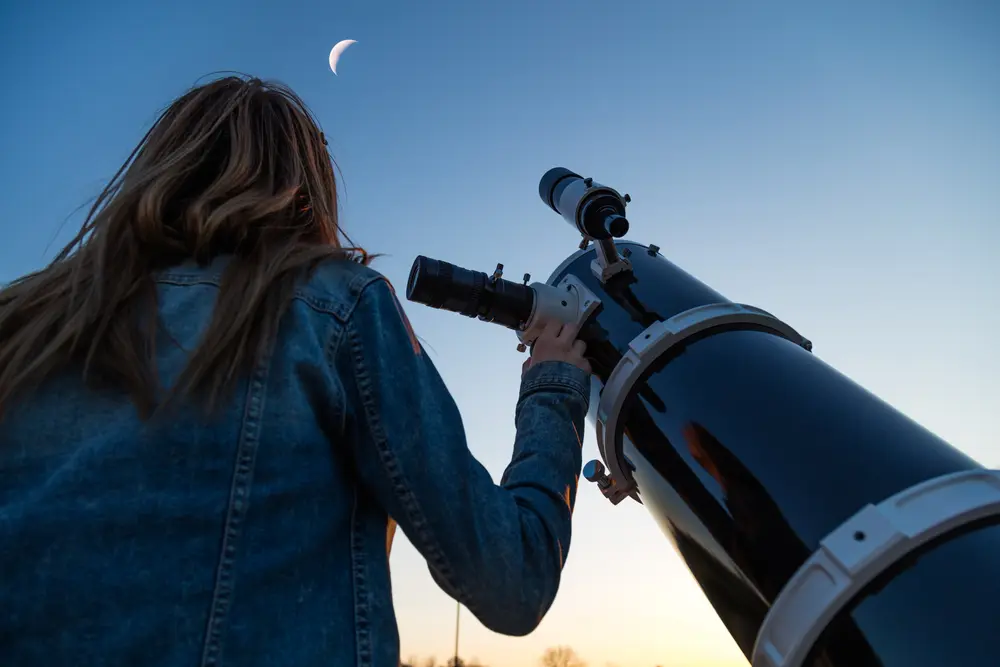
The short answer is no, there are no telescopes powerful enough to see the Apollo landing sites from Earth. The long answer is a bit more complicated.
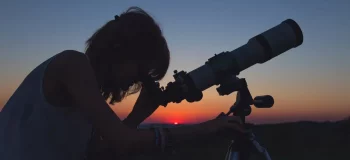
If this is your first time using a telescope, you may be wondering how to point it at the various space objects across the night sky.
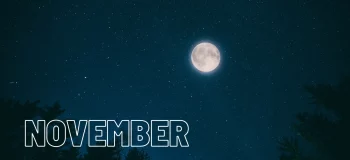
Planning is the key to productive stargazing adventures. So, what’s the schedule for November 2022? What is visible throughout the month?

Telescopes are often thought of as tools only made for stargazing at night, but daytime observings can be just as rewarding.
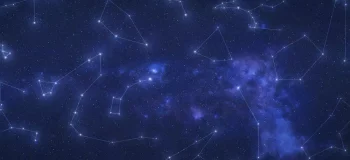
Constellations help us group the numerous stars into recognizable shapes, but how can we segment them into easier groups?
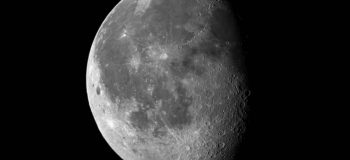
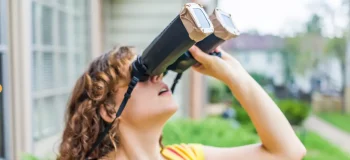
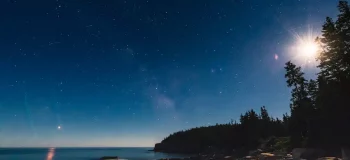
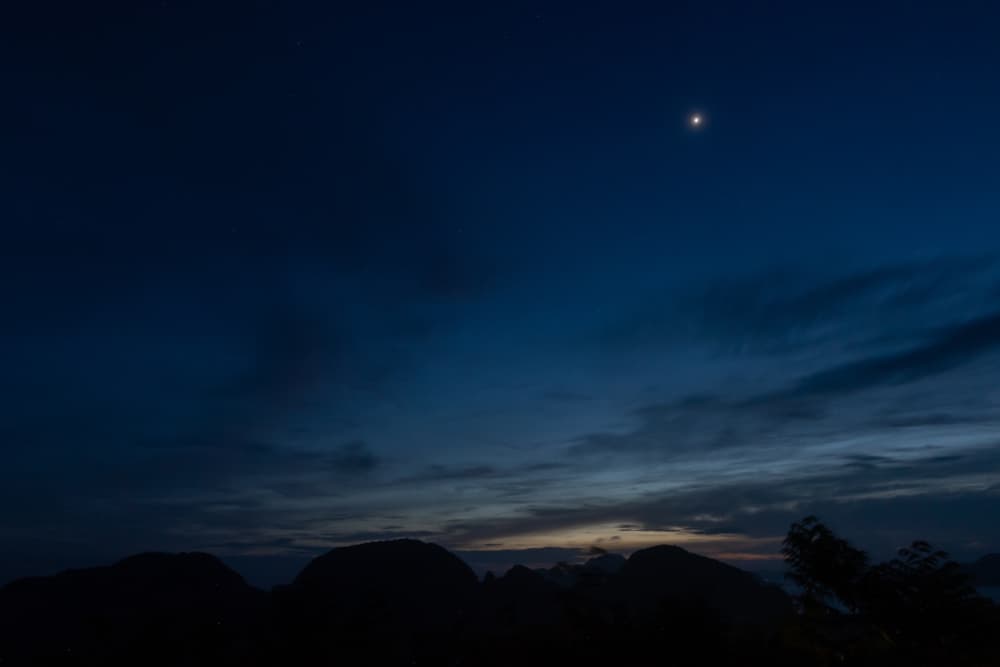
Everything you need to know on how to observe every planet of our solar system through a telescope.
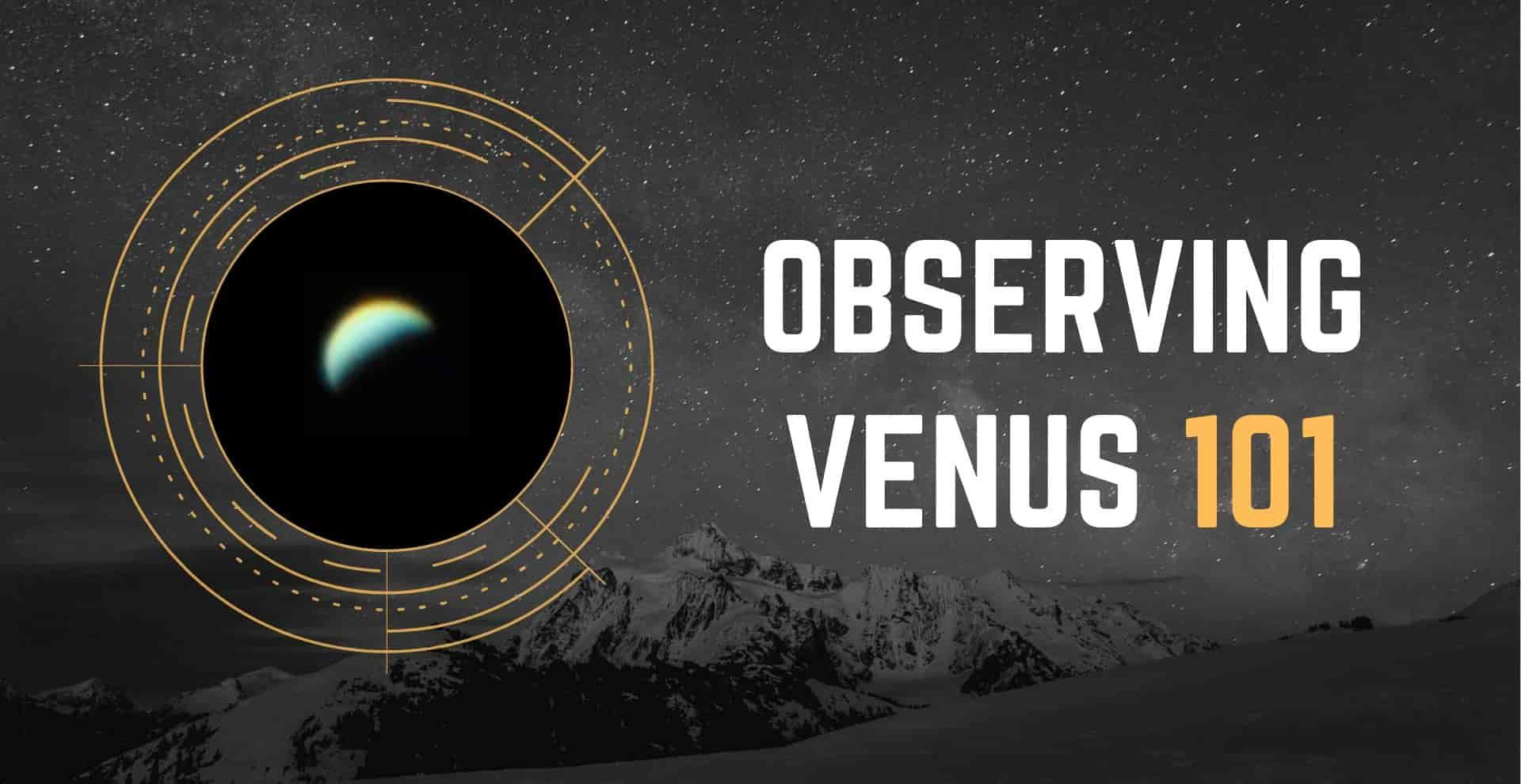
I have compiled a comprehensive guide to help you observe planet Venus through your home telescope.
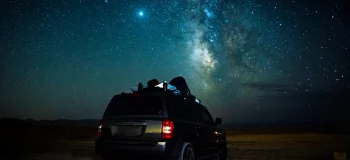
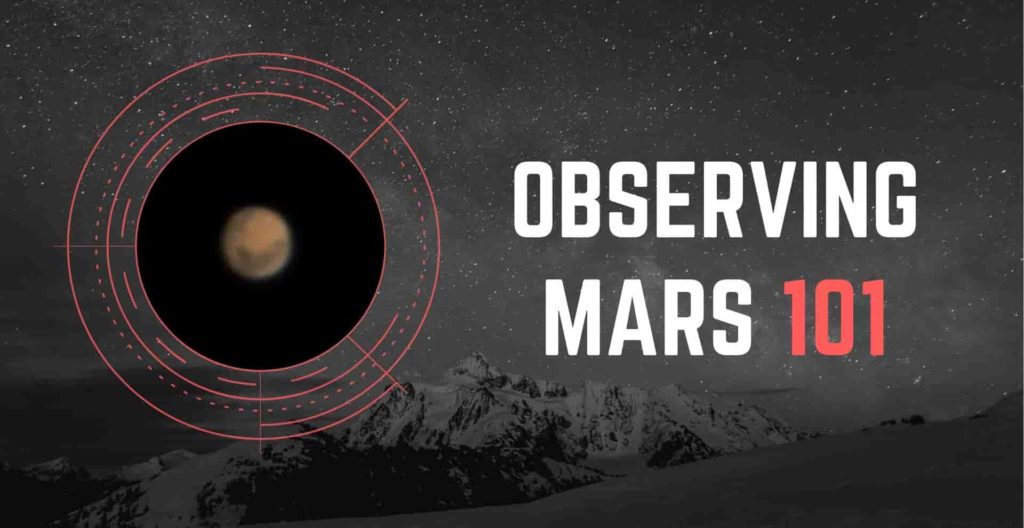
Mars is among the most popular planet to observe in the night sky. Here are a few tips and tricks on observing Mars through a telescope.
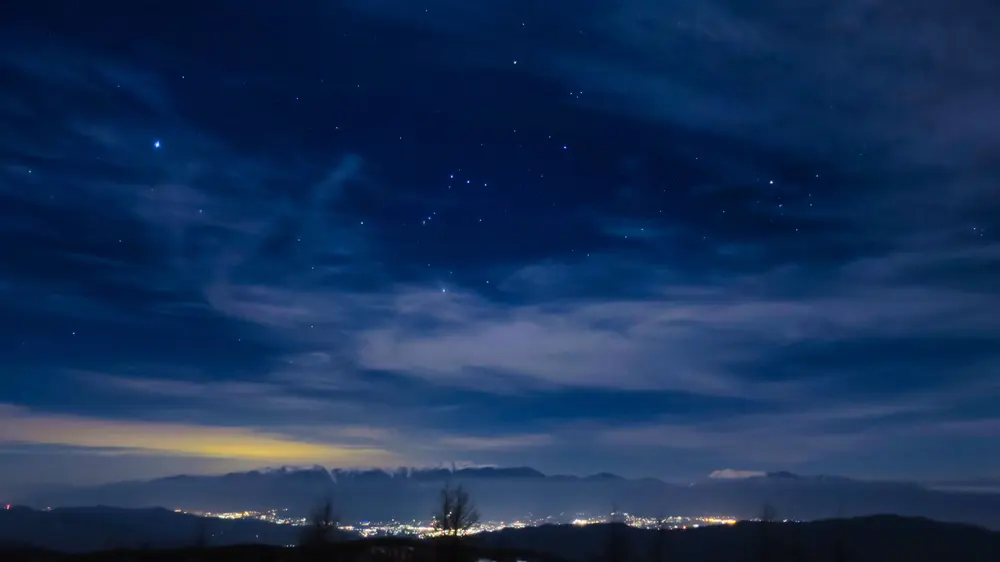
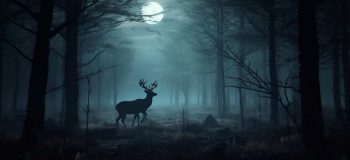
Discover the Buck Full Moon 2023 date and time in July. Learn about this unique full moon phase, why it’s special, and how best to view it.
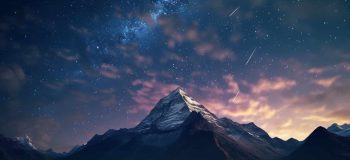
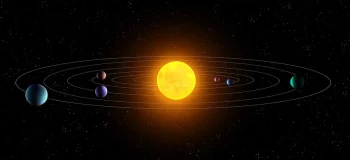
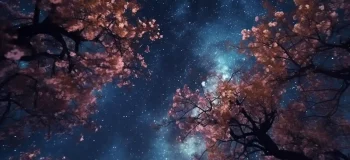
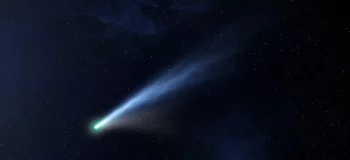
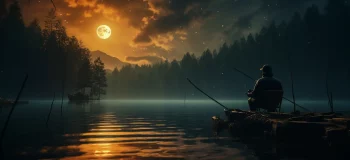
Discover the Sturgeon Full Moon 2023 date and time in August. Learn about this unique full moon phase, why it’s special, and how best to view it.
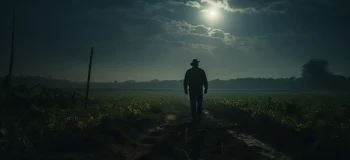
Discover the Harvest Full Moon 2023 date and time in September. Learn about this unique full moon phase, why it’s special, and how best to view it.
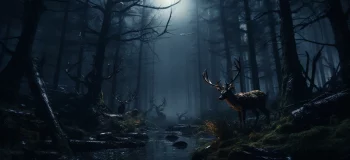
Discover the Hunter Full Moon 2023 date and time in October. Learn about this unique full moon phase, why it’s special, and how best to view it.
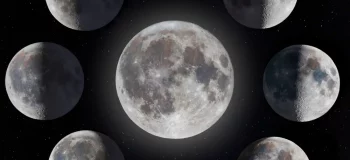
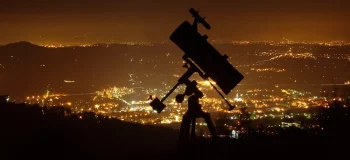
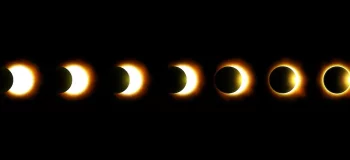
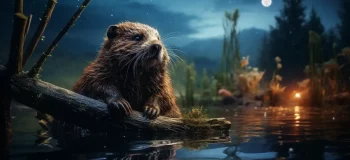
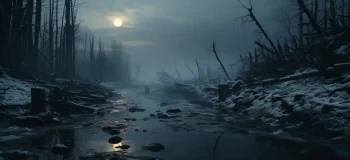
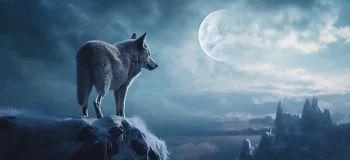
Discover the Wolf Full Moon 2024 date and time in January. Learn about this unique full moon phase, why it’s special, and how best to view it.
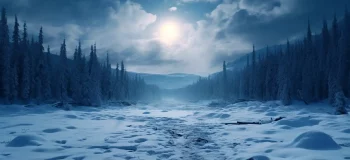
Discover the Snow Full Moon 2024 date and time in February. Learn about this unique full moon phase, why it’s special, and how best to view it.
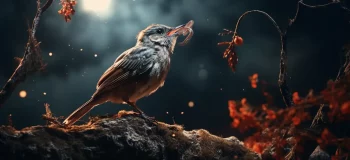
Discover the Worm Full Moon 2024 date and time in March. Learn about this unique full moon phase, why it’s special, and how best to view it.
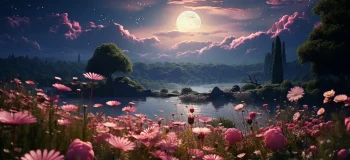
Discover the Pink Full Moon 2024 date and time in April. Learn about this unique full moon phase, why it’s special, and how best to view it.
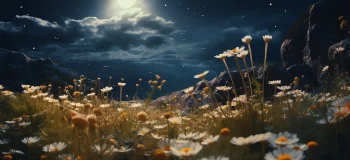
Discover the Flower Full Moon 2024 date and time in May. Learn about this unique full moon phase, why it’s special, and how best to view it.
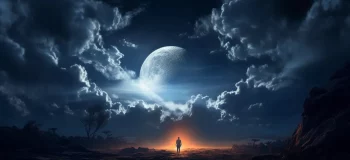
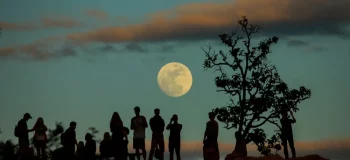
Mark your calendars! Dive into the upcoming Supermoon dates & peak viewing times.

